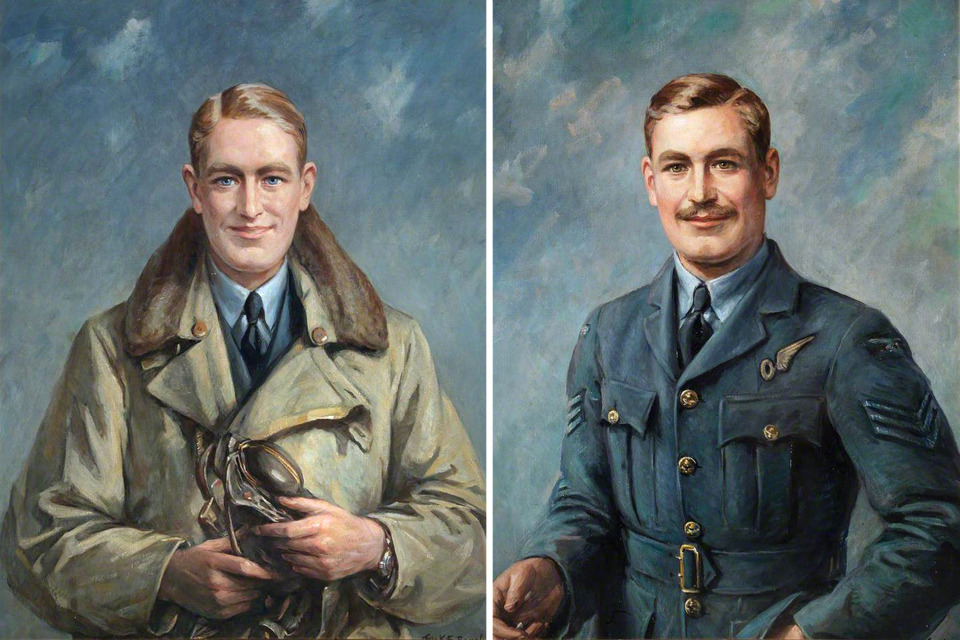WW2 RAF casualty packs archived
Defence Business Services (DBS) has begun the transfer of Second World War Royal Air Force (RAF) casualty packs to the National Archives.

Record reviewers (from left to right) Grant Hodgkins, Stephen Searle and Carl Basson with some Second World War RAF casualty packs [Picture: Petty Officer Airman (Photographer) Owen Cooban, Crown copyright]
The packs were produced following an incident involving the loss of an aircraft or personnel and include the report of initial loss, correspondence with the next of kin, any further information received on the incident and any subsequent correspondence with the next of kin.
A limited public consultation was held in 2012 seeking the views of interested parties regarding the remaining sensitivities surrounding the packs, and there was widespread support for the release of the packs.
There are approximately 56,000 packs in total and DBS plan to review and prepare about 8,000 of them by 31 March 2014.
The first tranche of 316 packs were delivered to the National Archives at Kew on 28 October 2013.
Vince Groome, DBS Chief Information Officer, said:
I am delighted that the first tranche of these historic records have been transferred to the National Archives. Although the focus of the DBS records team has been on reviewing and preparing the department’s records from 1983 and 1984 against the requirements of the 30- to 20-year rule change, we are equally keen to transfer remaining World War 2 casualty records, and this delivery represents a first step.
The first tranche of packs covers the period 4 September 1939 to 13 May 1940 and includes those related to the raid on the Albert Canal Bridges on 12 May 1940.
Carl Basson, DBS records review team leader for the casualty packs, said:
The RAF casualty files detail the losses of the RAF in the air, at sea and on land. Many human interest stories abound in these files, from the kindness of villagers to downed airmen to the unique work and testimony of the MREU (Missing Research Enquiry Unit) set up in 1944 to trace many thousands of personnel who were listed as ‘missing, believed killed’.
These files are a fascinating and valuable historical resource, and it is a great privilege for the records team to be able to review them.
A pack of specific interest is Air 81/293 P352000/40 for the crew of Battle P2204 made up of the pilot, 21-year-old Flying Officer Donald Garland, his observer Sergeant Thomas Gray, and wireless operator and air gunner Leading Aircraftman Lawrence Reynolds.

Portraits of Flying Officer Donald Garland VC (left) and Sergeant Thomas Gray VC by Frank Ernest Beresford. Oil on canvas c. 1940 [Picture: Royal Air Force Museum, Crown copyright]
The 3 aircraft of the section led by Flying Officer Garland flew in at low level and were all shot down. For their valour in ensuring success at the sacrifice of their lives, both Flying Officer Garland and Sergeant Gray were posthumously awarded Victoria Crosses. All 3 members of the crew are buried at Heverlee War Cemetery in Belgium.
The pack includes a letter from the mother of Flying Officer Garland to Wing Commander Burges, thanking him for his letter of sympathy. Her letter says:
It is most helpful as my son leaves no estate beyond what is due from the service.
It ends:
I am indeed proud of my son’s Victoria Cross, but I do feel his loss most keenly – he was a great lad.